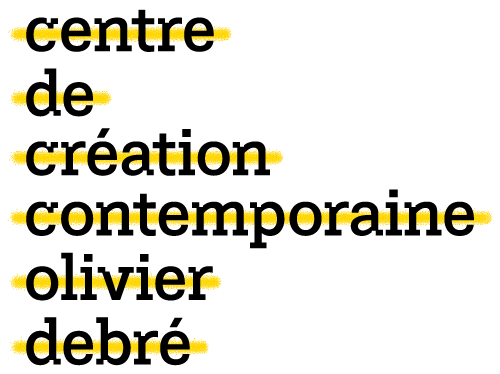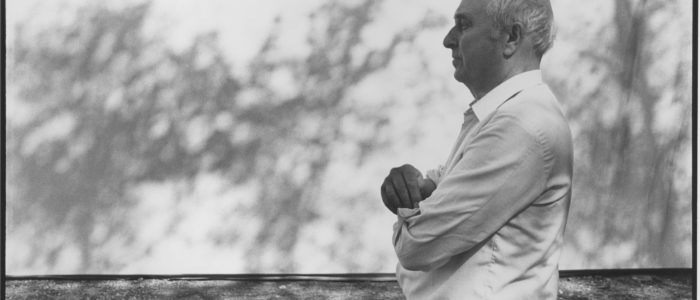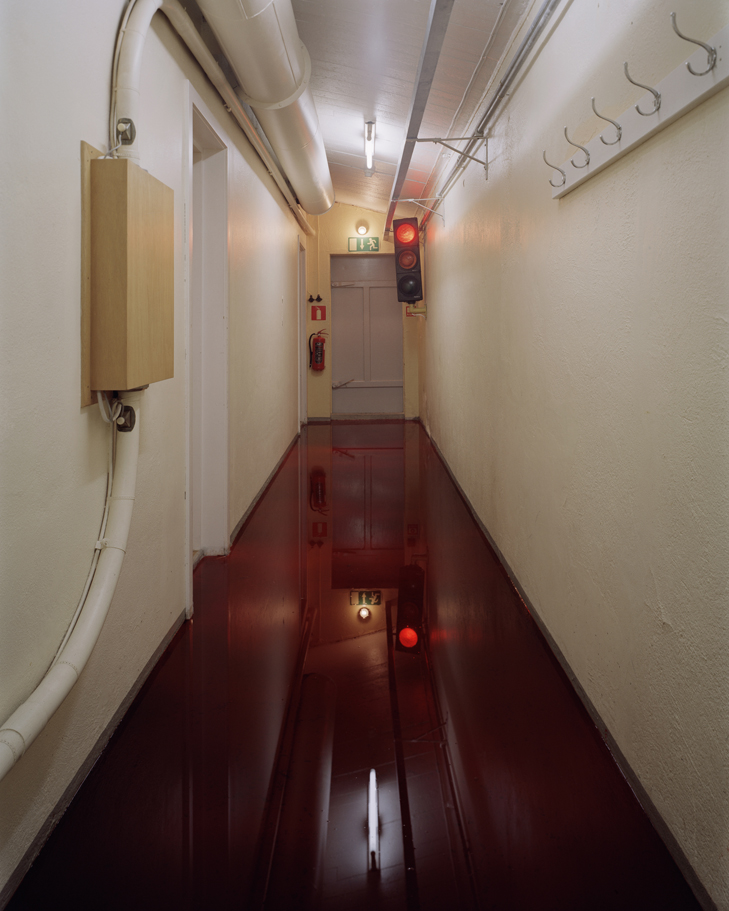exhibition beyond the walls « mémoires contemporaines »
Beyond the walls: Boulogne-Billancourt, Former Thomson Building
From 18 to 20 May 2011
The CCC provides the artistic direction for the exhibition entitled “Contemporary Memoires” on behalf of the company SFL, which wished to produce an artistic action on the site of the former Thomson Building in Boulogne-Billancourt, on the banks of the River Seine, within the so-called “Valley of Culture”, before a reconstruction project was undertaken on the site.
The “Contemporary Memoires” project grew out of this desire to share a vision, a project on an exceptional site awaiting refurbishment, to give meaning to this economic and architectural development.
Who would be better than PER BARCLAY and ALAIN BUBLEX to symbolise this ambition, this alliance of rigour and creativity, and to take advantage of the various spatial and time-related constraints and the differences of scale and nature, and to do it in a very personal and poetic way? Hence the dual artistic action ,produced by the Centre for Contemporary Creation of Tours and implemented by RueVisconti, is dominated by the issues of time and memory, a dialogue between the transient and the timeless.
The photographic works created by PER BARCLAY and ALAIN BUBLEX for this event are the bedrock of the contemporary art collection of the ‘Société Foncière Lyonnaise’, making up a collection where photography is the means and the city and architecture are the subject matter. They will extend this exhibition «Contemporary Memoires” to make this magical moment permanent, bringing together these two major artists with international reputations.
PER BARCLAY
“CHAMBRE D’HUILE” (ROOM OF OIL).
At Boulogne-Billancourt, Per Barclay creates his largest “room of oil”, this installation being one of a series that the artist has regularly been creating since the end of the 1980s.
The “rooms of oil” are transient installations which are intended solely to be photographed. Within the most varied of architectural constructions (be it a baroque palace, bunker, safe vault, art gallery or fisherman’s hut), the artist covers the floor within the enclosed spaces with black oil. Thus these “liquid floors” become unsettling reflective surfaces which reflect the image of the setting and open up a dizzying impression of depth. Per Barclay tilts spatial and sensory landmarks. These black reflections act as a means of revealing the space and at the same time making it impenetrable.
Photographs of this installation will make it possible to record and perfect the building’s transient quality before it is completely converted conferring upon it a timeless character.
ALAIN BUBLEX
“PHANTOM COTTAGE”
The multi-faceted work of Alain Bublex is a reflection on the city, urbanism, architecture and landscape. He creates plausible fictions which are always firmly rooted in reality, and relate the memory of a place and what it is likely to become.
What the artist developed in ‘Contemporary Memoires’ is developed here in three dimensions in his series of images “Phantoms”. In place of the photographic images, he substitutes a drawing of them done by computer, providing a simplified, refined version. Somewhere between a memory and a plan, these drawings are copies, realistic, fragile prints of the real thing.
The “Phantom Pavilion” installation uses this process on real architecture for the first time. Alain Bublex completely covers the former caretaker’s house with its own trompe-l’œil drawing. Before its scheduled demolition in several months, this small single storey building will gradually disappear behind the representation of the house, paradoxically revealing its own specific identity. Like a phantom this house, which is part of the collective history of the industrial site, will begin its transformation into a memory of itself.











